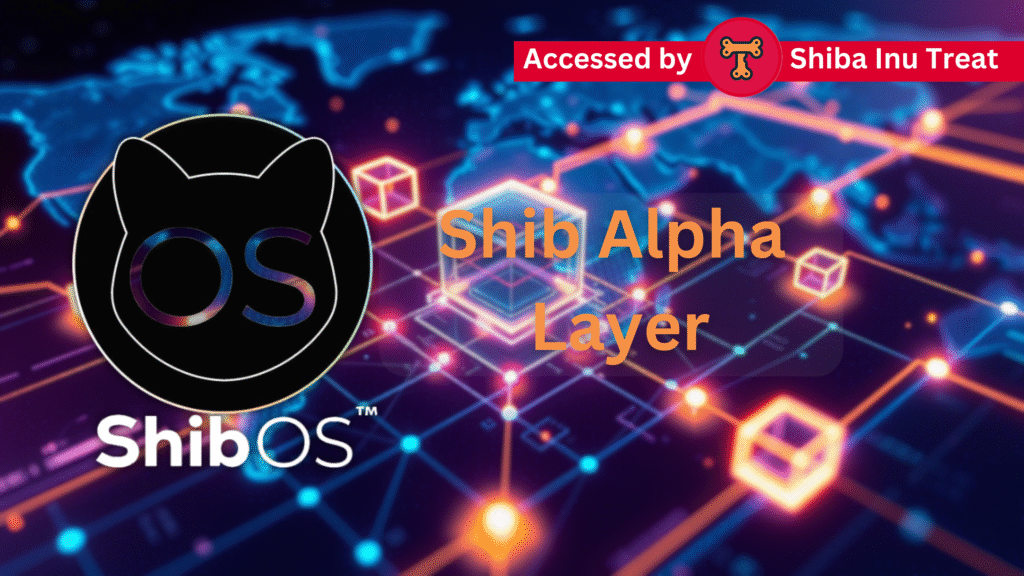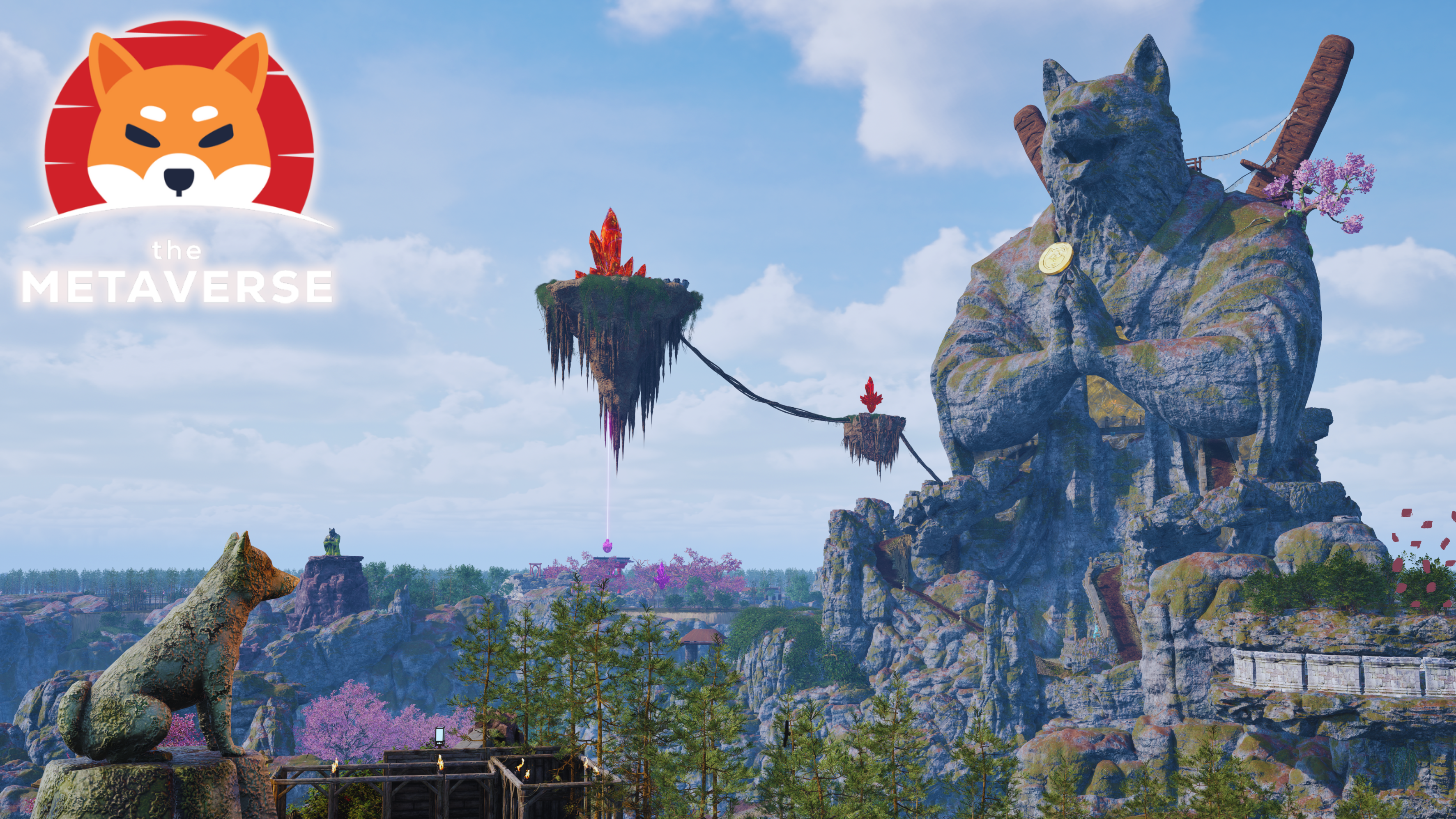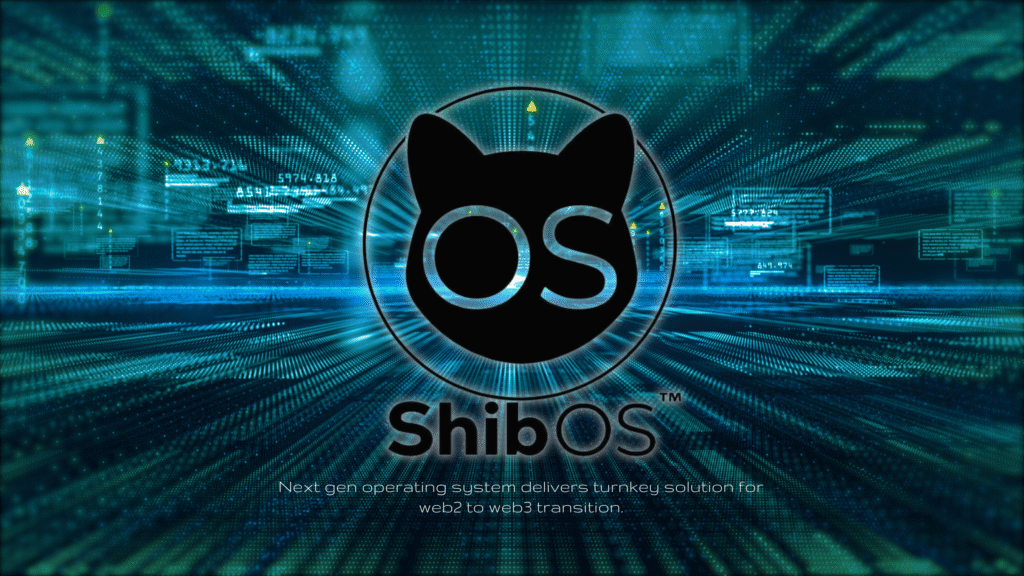0x12…qrst

Beyond its famous token, Shiba Inu is secretly forging the future of interactive entertainment with its powerful Shib OS, a deep Shiba Inu gaming tech stack that is now poised to revolutionize how developers build and players experience decentralized worlds. This isn’t just an upgrade; it is an entirely new playbook for the next era of play.
What began as a community-driven cryptocurrency project, inspired by the popular Dogecoin, rapidly evolved into a multifaceted ecosystem with aspirations far exceeding its initial scope. The Shiba Inu Operating System (Shib OS) emerged as the technological backbone of this ambition, and a core pillar of Shib OS was its comprehensive suite of gaming technologies. This is a fundamental redesign, positioning Shiba Inu as a contender in the increasingly competitive world of blockchain gaming.
The foundation of Shiba Inu’s gaming tech rested on two key components: Shibarium, a Layer 2 scaling solution, and the Shib Alpha Layer, a modular, decentralized sequencer.
Shibarium is crucial for addressing the inherent limitations of the Ethereum mainnet, specifically its high transaction fees and relatively slow processing speeds. By moving gaming transactions to Shibarium, the ecosystem aimed to create a frictionless experience for players, where microtransactions and frequent in-game actions were economically viable. The processing of over 500 million transactions and support for nearly 2 million wallets suggested a degree of scalability.

The Shib Alpha Layer, described as a “modular decentralized rollup-agnostic sequencer,” is designed for ultra-fast transactions, targeting sub-100 millisecond inclusion finality. This speed was critical for real-time gaming applications, where even minor delays could significantly impact the player experience. The modularity of the Alpha Layer is intended to allow for future upgrades and integration with various scaling solutions, providing a degree of “future-proofing.”
Shiba Inu’s approach to NFTs went beyond the typical collectible model. NFT collections like SHIBOSHIS, SHEboshis, and MV Land NFTs were designed to be integrated directly into games built within the Shiba Inu ecosystem.
These collections are not just static images; their attributes could translate into in-game bonuses, special abilities, or unique character customizations. This created a direct link between NFT ownership and gameplay, incentivizing players to acquire and hold these assets.

These represented parcels of virtual land within Shib: The Metaverse, allowing players to own, develop, and potentially monetize their virtual real estate. This added a layer of economic and social interaction to the gaming experience.
The use of the DN404 standard for SHEboshis was a notable technical choice. This “divisible NFT” standard aimed to combine the characteristics of fungible tokens (like SHIB) and non-fungible tokens, potentially allowing for fractional ownership or lending of NFTs within the gaming context.

Shiba Inu Games served as the central platform for on-chain games within the Shiba Inu ecosystem. The platform’s key features included:

A critical piece of the Shiba Inu gaming puzzle is the Permissionless Tournaments Engine. This is a core element designed to foster a vibrant, competitive, and community-driven gaming environment.
The engine allowed anyone — individual players, community groups, or even external organizations — to create, host, and sponsor tournaments for games built on Shibarium. This permissionless nature was crucial; it removed the traditional gatekeepers of competitive gaming and put the power directly into the hands of the community.
The entire tournament process, from registration and entry fees to prize distribution, was managed on-chain through smart contracts. This ensured transparency, fairness, and immutability. There was no central authority that could manipulate results or withhold prizes.
Tournament organizers had a high degree of control over the parameters of their events. They could set:
They could decide whether to have free entry, a token-based entry fee (using SHIB, BONE, TREAT, or other ecosystem tokens), or even a combination.
The size and distribution of the prize pool were customizable. Prizes could be in the form of tokens, NFTs, or even real-world items (though the logistics of the latter would likely be handled off-chain).
Organizers could define specific rules, formats, and scoring systems for their tournaments. This allowed for a wide variety of competitive experiences, from casual, fun events to highly structured, professional-level competitions.
The engine was designed to be compatible with any game built on Shibarium. This included games developed by the core Shiba Inu team (like those on the Shiba Inu Games platform), as well as games created by independent developers. This open approach encouraged third-party game development and expanded the range of competitive options.
The system allowed for external sponsorship of tournaments. This opened up opportunities for brands to engage with the Shiba Inu community and provided an additional source of funding for prize pools.
Smart contracts automatically distributed prizes to winners based on the predefined rules. This eliminated delays and disputes, ensuring a smooth and trustworthy experience for participants.
The engine supported leaderboards, allowing players to track their progress and compete for recognition within the community. This gamified element added to the competitive spirit. Potentially, achievements within these tournaments could also contribute to a player’s Karma and Reputation scores within the broader Shib OS ecosystem.

Shib The Metaverse was, perhaps, the most ambitious component of the gaming ecosystem. Built on Unreal Engine 5.2, it aimed to deliver a visually stunning and immersive virtual world. Key features included:
Several other technologies within Shib OS contributed to the gaming ecosystem:

Shiba Inu’s efforts to build a cutting-edge gaming ecosystem through Shib OS are a testament to the project’s ambition and evolving vision. By blending blockchain technology with the gaming world, NFTs, and the metaverse, Shiba Inu isn’t just aiming to build a decentralized gaming platform — it’s pioneering a new frontier for digital interaction, creativity, and economic opportunity.
As we witness the rise of blockchain-based gaming, Shiba Inu’s approach to modularity, scalability, and community-driven innovation offers exciting possibilities for both developers and players. The future of gaming is evolving rapidly, and platforms like Shib OS are poised to lead the charge in shaping that future.
Developers seeking to be part of this revolution are invited to explore the Shiba Inu ecosystem. Shib OS offers a unique opportunity to build, innovate, and engage with a growing, vibrant community.
Step into the future of decentralized gaming — become a part of Shiba Inu’s gaming universe today and help build the next era of play.